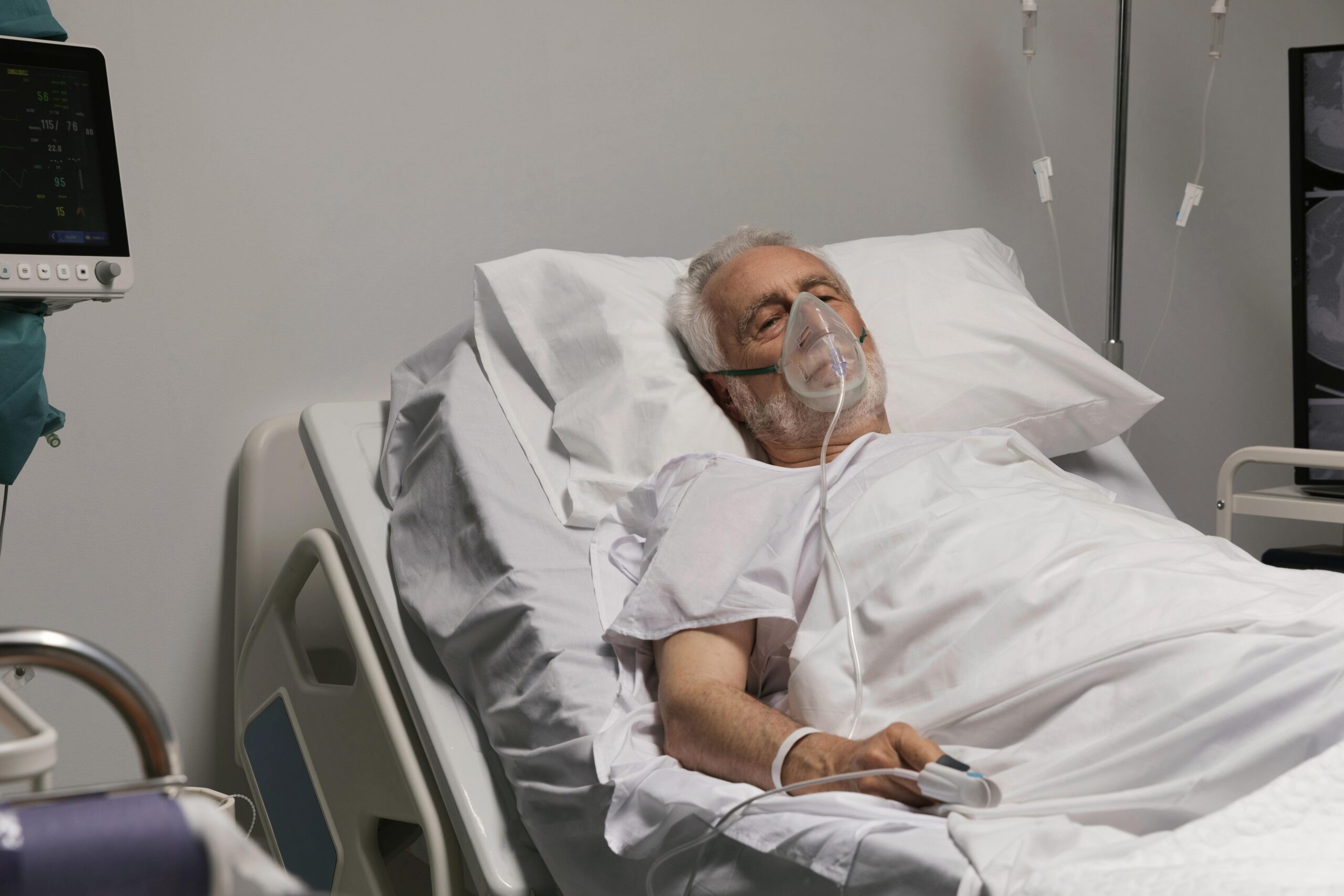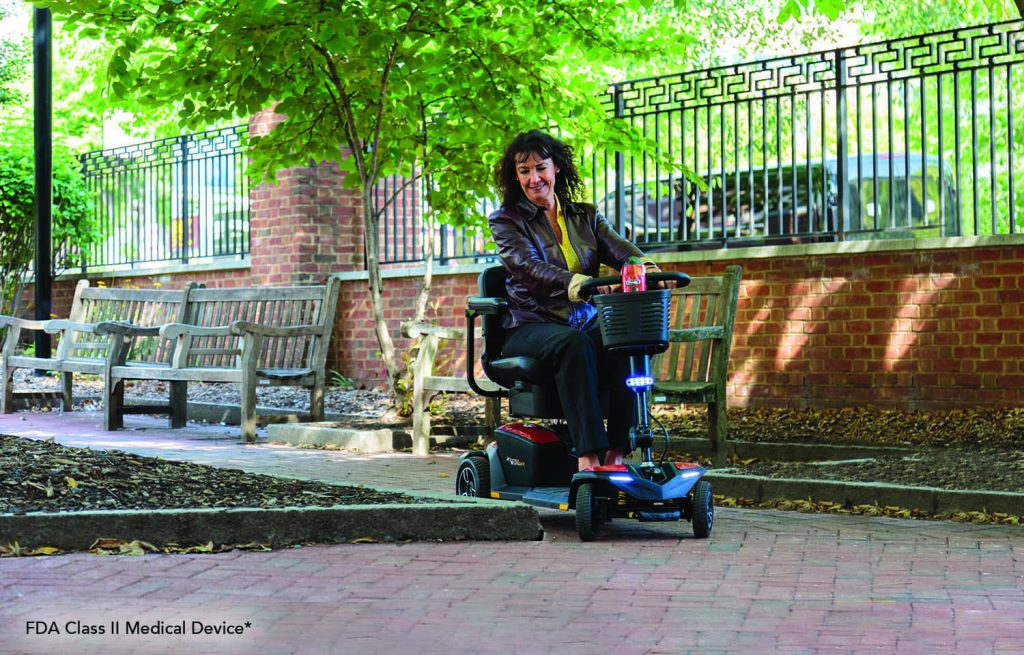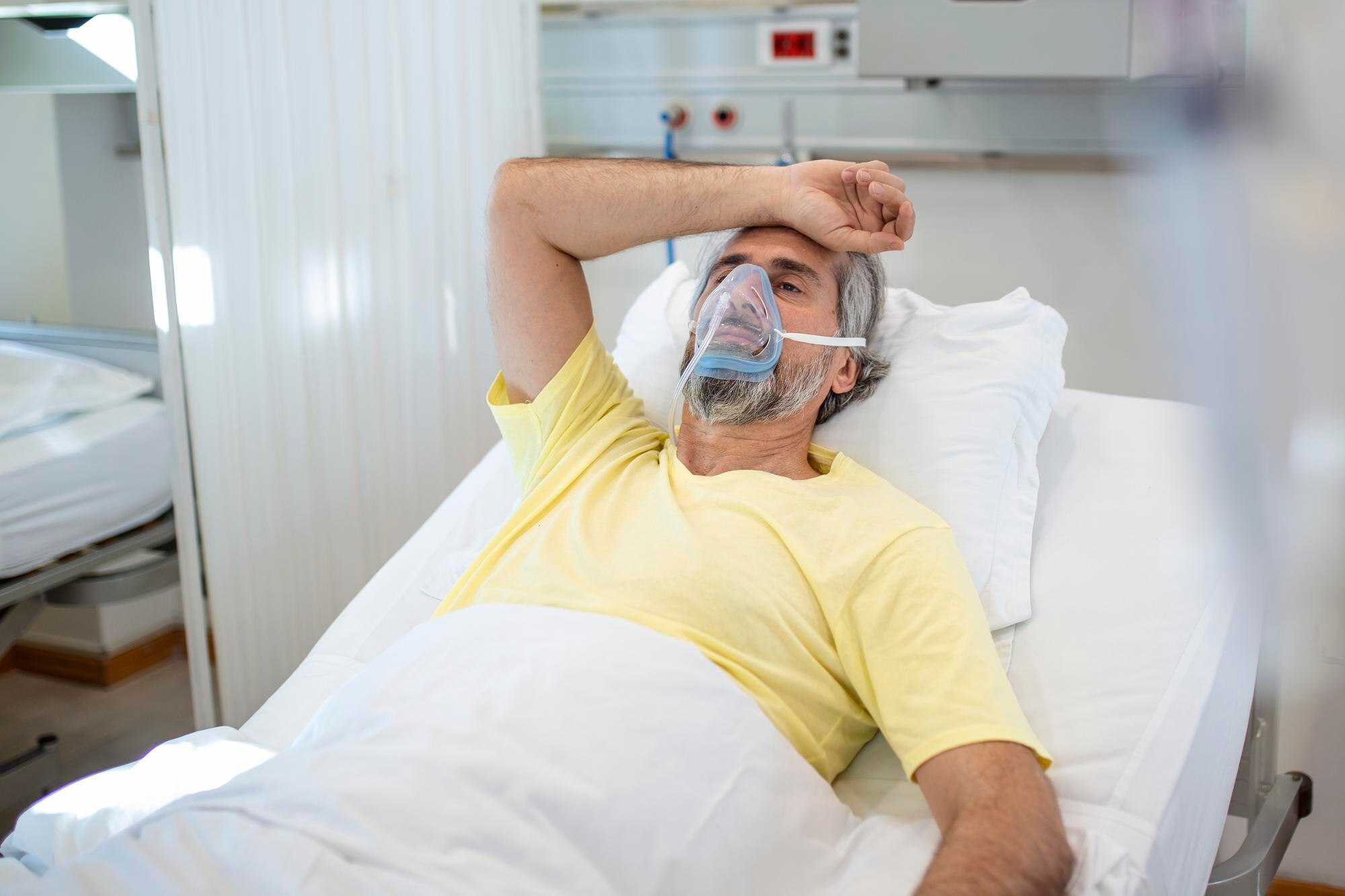Living with sleep apnea can be exhausting and even frightening at times, but using a CPAP machine changed my life for the better. Over the past ten years, I’ve learned the ins and outs of CPAP therapy, and I’m here to share my journey—complete with the benefits, challenges, and practical advice I’ve picked up along the way. Whether you’re just starting your CPAP journey or looking for ways to improve your experience, I hope my story can provide some helpful guidance.
The Decision to Start CPAP Therapy
I was diagnosed with sleep apnea in my early forties after struggling for years with poor sleep, constant fatigue, and even a few scary instances of waking up gasping for air. My doctor recommended a CPAP machine, which stands for Continuous Positive Airway Pressure, to help keep my airway open while I sleep. I wasn’t thrilled about using a machine every night, but after hearing about the potential benefits, I decided to give it a try.
The Benefits of Using CPAP Therapy
The changes I noticed with CPAP therapy didn’t happen overnight, but with consistency, they transformed my sleep and quality of life.
1. Improved Quality of Sleep
One of the first benefits I noticed was that I started feeling more rested. My CPAP machine provided a steady flow of air to keep my airway open, meaning I could finally get deep, uninterrupted sleep.
2. Reduced Daytime Fatigue
With consistent use, I was able to wake up feeling refreshed rather than groggy. My energy levels during the day improved significantly, and I found myself more alert and productive.
3. Decreased Health Risks
Untreated sleep apnea can increase the risk of heart disease, stroke, and other serious health issues. Knowing I was addressing these risks with CPAP therapy gave me peace of mind and helped me feel more proactive about my health.
4. Improved Mood and Cognitive Function
Better sleep meant I was less irritable, more focused, and overall just felt better. This had a noticeable impact on my relationships and my work, making life more enjoyable.
Challenges and How to Overcome Them
Of course, using a CPAP machine hasn’t been without its hurdles. Here’s how I’ve dealt with some common challenges.
1. Adjusting to the Mask
Wearing a CPAP mask every night took some getting used to. In the beginning, I felt like I was wearing something foreign on my face, and it disrupted my sleep.
- Solution: Finding the right mask style was key. CPAP masks come in various designs, like nasal pillows, full-face masks, and nasal masks. After a few tries, I found that a nasal mask worked best for me. I also invested in mask liners and strap covers to improve comfort and prevent skin irritation.
2. Managing Dryness and Congestion
One of the downsides to CPAP therapy is that the constant airflow can dry out your nose and throat, sometimes causing congestion.
- Solution: Adding a heated humidifier to my CPAP setup made a huge difference. Many CPAP machines come with built-in humidifiers, and I highly recommend using one if you’re experiencing dryness. A saline nasal spray before bed also helps keep my nasal passages comfortable.
3. Dealing with Noise and Equipment Maintenance
In the beginning, the CPAP machine noise was distracting, and I worried about maintenance. After all, this device is something I use every night, so keeping it clean and functional is essential.
- Solution: I found that placing the machine slightly further from the bed helped reduce noise. Some users find a white noise machine helpful, too. As for maintenance, I make it a habit to clean the tubing and mask weekly and replace filters as recommended. Routine maintenance keeps the machine running smoothly and helps prevent infections.
4. Traveling with CPAP
I travel fairly often, and taking a CPAP machine along initially felt like a hassle. However, there are ways to make it manageable.
- Solution: Many companies offer travel-friendly CPAP machines that are smaller and easier to pack. I also invested in a backup battery, which is a lifesaver when traveling to places without reliable power.
My Personal Tips for Successful CPAP Therapy
Over the years, I’ve picked up a few habits that have helped me make CPAP therapy an easy and comfortable part of my nightly routine.
- Create a Bedtime Routine: Establishing a relaxing pre-sleep routine helps me unwind and makes using my CPAP feel like a natural part of my evening. I avoid caffeine late in the day and try to go to bed at the same time each night.
- Check Your Equipment Regularly: I’ve found that regular maintenance goes a long way. I clean my mask and tubing weekly, replace the filters monthly, and make sure everything is set up comfortably before I go to bed.
- Experiment with Different Mask Types: Not all masks fit the same. It took a few tries to find the right one, but a properly fitted mask makes a world of difference in comfort.
- Stay Consistent: In my experience, the real benefits of CPAP therapy come with consistency. Even on nights when I’m tired or traveling, I make sure to use my CPAP, which keeps my sleep patterns stable and my energy levels high.
Additional Resources for CPAP Users
If you’re new to CPAP therapy or looking for more ways to improve your experience, several resources can provide support and assistance.
1. Financial Assistance for CPAP Equipment
CPAP machines, masks, and accessories can be expensive, but there are options available to help manage costs.
- Insurance Coverage: Many insurance plans, including Medicare, cover a portion of CPAP equipment costs. Check with your provider to see what’s available.
- Non-Profit Organizations: Some organizations, like the American Sleep Apnea Association, offer resources and may have programs for discounted or donated CPAP equipment.
2. Maintenance Services
CPAP devices require routine maintenance to ensure proper function and hygiene.
- Local Medical Equipment Suppliers: Many suppliers offer maintenance services for a fee. This includes regular cleanings, filter replacements, and any necessary repairs.
- Online Resources and Maintenance Kits: CPAP maintenance kits are available for home use, making it easier to keep up with regular cleaning and filter changes.
3. Education and Support for Sleep Apnea
Educating yourself on sleep apnea and connecting with others can make a big difference in managing this condition.
- Support Groups: Many communities have support groups for sleep apnea patients. Connecting with others who share similar experiences can provide motivation and tips.
- Online Forums and Resources: Websites like the American Sleep Apnea Association provide educational resources, forums, and guidance on CPAP therapy.
FAQs
1. How long does it take to get used to a CPAP machine?
For most people, it can take anywhere from a few days to a few weeks. The key is to keep trying and work with your respiratory therapist to find the right mask and settings.
2. Can CPAP therapy really improve my health?
Yes, by ensuring you get enough oxygen during sleep, CPAP can help prevent complications like high blood pressure, heart disease, and diabetes that are associated with sleep apnea.
3. What if I find the CPAP mask uncomfortable?
Experimenting with different mask styles can help. Nasal pillows, full-face masks, and nasal masks each offer unique fits, so find the one that suits you best.
4. Is there financial help for CPAP equipment?
Yes, insurance often covers part of the costs, and some non-profit organizations offer assistance with CPAP equipment.
5. How do I handle dryness caused by CPAP?
Using a heated humidifier with your CPAP machine and staying hydrated can help reduce dryness.
6. Can I take my CPAP on a plane?
Yes, CPAP machines are usually allowed on planes and don’t count as carry-on items. You may need a travel-friendly device or backup battery if you’ll be using it during a long flight.
Conclusion: A Decade of Better Sleep
After ten years, I can confidently say that CPAP therapy has changed my life. From the initial adjustments to finally experiencing full nights of restful sleep, the journey has been well worth it. For anyone starting with CPAP, know that with a bit of patience, experimentation, and the right resources, you, too, can experience the benefits of a healthier, more energized life. Sleep apnea may be a long-term condition, but CPAP therapy offers a powerful solution—and I’m here to tell you it’s worth every bit of effort.






